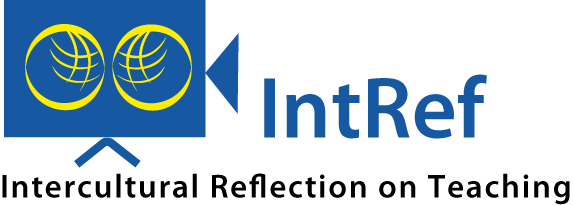Understanding Course Content
Learning Resource > Understanding Course Content
Understanding Course Content
What is this all about?
During the sessions a number of issues arose that related to the way that students interact with and think about the materials and topics being learned. University teachers reflected on the nature of student thinking and how they built their understanding of the content of the courses they were studying. This theme was not specifically about approaches to learning or participation in class but rather reflected issues that related to the development of subject specific knowledge and understanding. Teachers were concerned about how students make sense of and use the disciplinary ideas and concepts they were being taught. Teachers were also interested in how students learn to make arguments and how they support and evidence these. In particular this included ideas about how the students’ arguments and supporting rationales could be explored in classroom settings and how they might best understand and help to clarify confusions and difficulties. Whilst there are overlaps between this theme and others identified by the project, this theme focuses very specifically on how students can learn the course content and how they are interacting with it. It raises issues about what university teachers can do to support this and how we might determine levels of understanding and identify potential confusions and misconceptions.
What did academics discuss?
Here we provide vignettes to illustrate what academics involved in the reflective sessions facilitated by the Intref project said relating to ways in which students can be supported to understand course content.
- Vignette 1. Maher’s Story; How can I be sure that individual students have understood course content when the classroom focus is on group work?
- Vignette 2. Xiaoxiao’s Story: What can I do to ensure that the classmates who are listening to students’ group presentations really get involved into the activity and do understand the link to the course material?
What resources are there to help with issues like this?
The following list contains a range of different resources designed to further your exploration of these issues, both from a practice and scholarly perspective. This is intended as a community resource which will grow over time and to which we invite you to contribute.
Supporting student thinking and understanding
- Evans, C., Mujis, D., & Tomlinson, D. (2015). Engaged student learning: High impact strategies to enhance student achievement. York, GB. Higher Education Academy.
- Entwistle, N. (2009). Teaching for Understanding at University: Deep approaches and distinctive ways of thinking. Palgrave MacMillan.
- https://microcredentials.digitalpromise.org/explore/eliciting-student-thinking
- https://library.teachingworks.org/wp-content/uploads/Eliciting_Decomposition.pdf
- https://www.scusd.edu/sites/main/files/file-attachments/questions_to_elicit_student_thinking__art_of_questioning.pdf
- https://citl.illinois.edu/citl-101/teaching-learning/resources/teaching-strategies/questioning-strategies
- ATLAS (atlas-tool.eu)
This tool allows learners to (anonymously) communicate trouble understanding or following a lecture via a click of the mouse, touch or keypress. This information is aggregated and communicated to the teacher by brightening up or dimming down their screen or physical environment. This allows the teacher to get an idea about the level of understanding within the room
Threshold concepts
The threshold concept framework draws attention to discipline-specific ideas which students may find troublesome but open up new ways of understanding a discipline.
- Cousin, G. (2006) An introduction to threshold concepts, Planet, 17:1, 4-5, DOI: 10.11120/plan.2006.00170004
A succinct introduction to threshold concepts - Land, R., Meyer, J.H.F.,& Flanagan, M.T. (2016). Threshold Concepts in Practice. Sense Publishers, Rotterdam/Boston/Taipei
Inner feedback
- Nicol D. (2021). The power of internal feedback: exploiting natural comparison processes, Assessment & Evaluation in Higher Education, 46:5, 756-778, DOI: 10.1080/02602938.2020.1823314
This article outlines processes which generate ‘inner feedback’, aimed at supporting students to understand and improve the quality of their own work.
Dimensions of teaching quality that support student understanding
- Kneale, P. (Ed.). (2015). Masters Level Teaching, Learning and Assessment: Issues in Design and Delivery. Palgrave.
- Praetorius, AK., Klieme, E., Herbert, B. & Pinger, P. (2018). Generic dimensions of teaching quality: the German framework of Three Basic Dimensions. ZDM Mathematics Education 50, 407–426 (2018). https://doi.org/10.1007/s11858-018-0918-4
- Park, S., Oliver, J.S. Revisiting the Conceptualisation of Pedagogical Content Knowledge (PCK): PCK as a Conceptual Tool to Understand Teachers as Professionals. Research in Science Education 38, 261–284 (2008). https://doi.org/10.1007/s11165-007-9049-6
Do you want to contribute?
Would you like to offer further reflections or examples emerging from your experience and or research? Do you have other resources or references you would like to share with the community?
